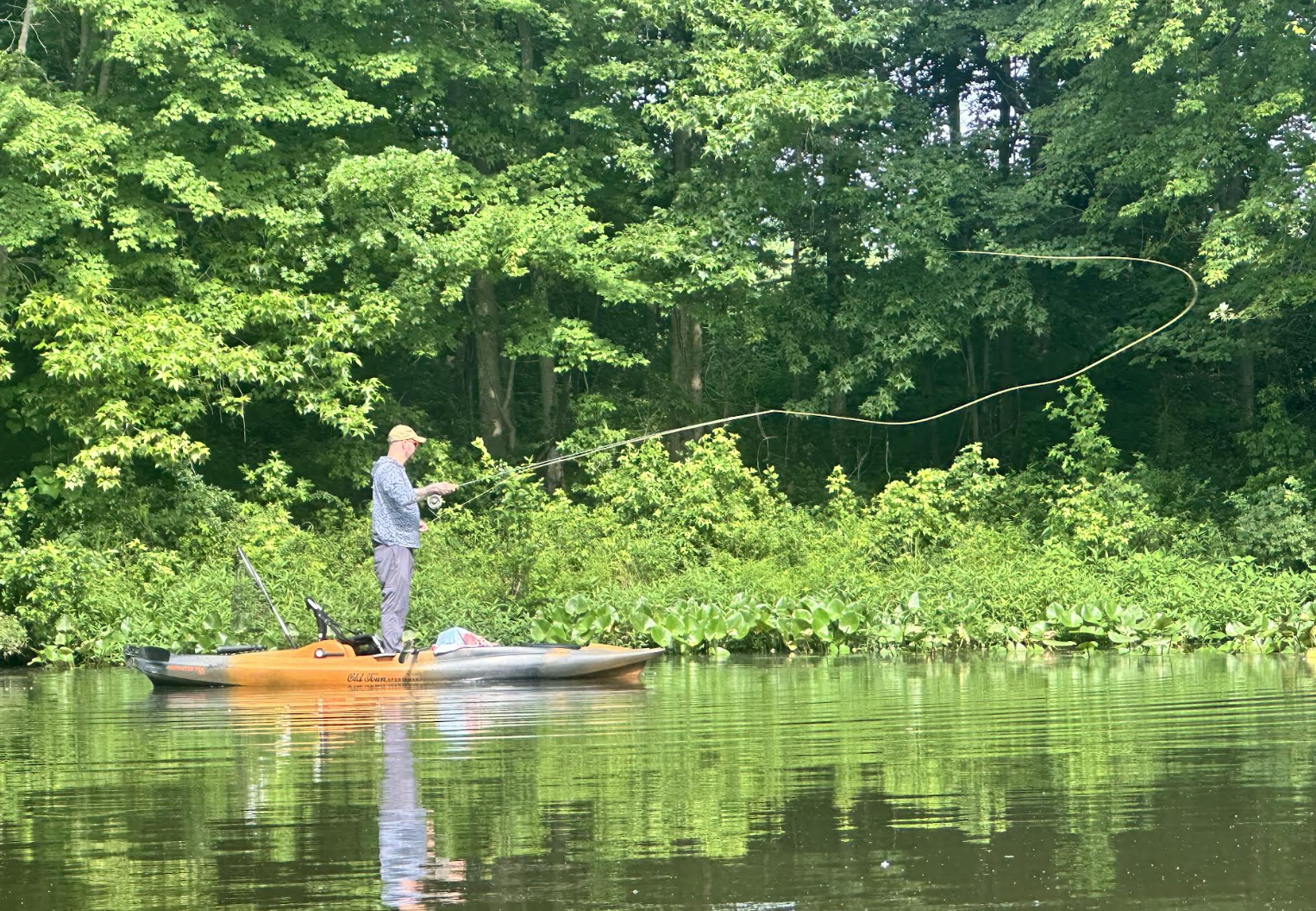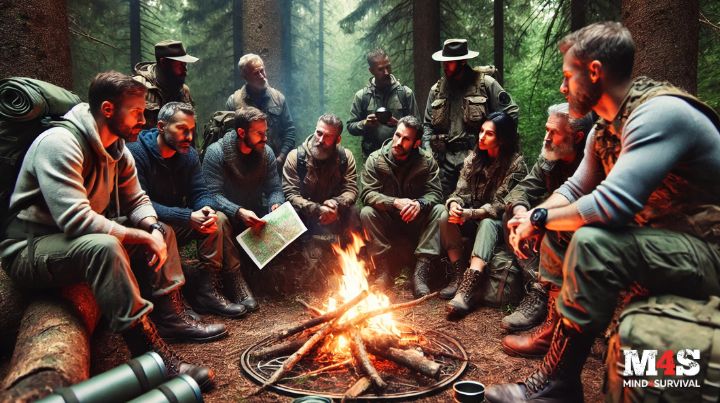Fly Fishing from a Kayak? These 3 Tricks Will Prevent a Trainwreck

There was a time not too long ago when I’d have described kayak fishing as “simplistic.” You tossed a light-weight yak in the bed of the truck or strapped it to the roof, brought a handful of lures and rod, and off you went. That’s not to suggest that no one still kayak fishes this way, but none of us are immune to modern kayak culture. New hull designs allow anglers to fish bigger water. Pedal and power drives let them range longer and, in many cases, the kayaks I see on the bay where I live have more and better electronics than my 18-foot Carolina Skiff. This is all well and good, but not so much if your passion is flyfishing.
The beauty of a kayak is that it lets you explore distant waters or hard-to-reach areas, but I’m just going to come right out and say it: They are not the best platforms for flyfishing. Oh sure, you can do it, but being successful and efficient is a challenge. Flyfishing from the bank when you’ve got trees, roots to snag your running line, and wind is hard enough, but casting a fly from a kayak can be even harder.
Luckily, I’ve picked up a few tricks (several from buddies who spend a lot more time on a yak with a long rod than me) that can tone down some inevitably frustrating aspects of the game. If you’re going to give it a try, step one is stripping down.
Stand and Strip
The most difficult part of flyfishing from a kayak is managing the loose line you’ll need to have stripped out to make a cast. You can try your best to have it pile up in your lap or at your feet, but good luck keeping that up all day. When you pick up line quickly to cast to fish in another direction, your running line will wrap on something. Big gust of wind while you’re waiting for your next shot at a redfish? Your running line will loop around the most improbable thing on board. So, to reduce this headache, strip your kayak down to the essentials. If the mission is fly, skip the electronics, ditch all their mounts, maybe leave the GoPros at home, and even get rid of tools in your tool holder that you don’t think you’ll need. Clear as much deck space as possible.
These days, most fishing-specific kayaks have enough stability for you to stand, but if you’re flyfishing, being completely comfortable with and confident in that stability is paramount. Flycasting from a seated position—especially when you’re that low to the water—can hurt distance and accuracy.
But, more importantly if you can stand to cast, line management becomes exponentially easier. Simply creating space between your rod and the deck of the boat means less loose line laying around. It’s also helpful to get into a position before casting that puts you less than 20 feet from the target. Whether on land, a large boat, or a kayak, any time you’re trying to shoot 30 or more feet of line, the odds of something snarling the effort increase.
Always Bring a Towel
Though I’m certain he did not come up with the idea, the best trick I ever learned about flyfishing from a kayak came from my friend Kevin Hughes. You can strip as much unnecessary gear off your vessel as possible, but you can’t get rid of your pedal drive or motor, and you probably want your seat, too. Hughes’s solution is to carry a large beach towel and as soon as he is in casting position, he drapes the towel over his pedal drive. You could also drape a second towel over your chair, especially if it’s breezy and running line is getting blown behind you.
This simple move reduced the amount of “snag-able” surfaces on deck instantly. If you are forced to fish from a sitting position, draping a towel over your legs and feet has the same effect, creating a makeshift stripping basket so your line doesn’t loop around your pinky toe at the worst time (because it will, I promise).
Read Next: Kayak Fishing Tips from a Pro Angler
The first time I ever flyfished from a kayak I was targeting snakeheads in southern New Jersey. Just like pike, tarpon, striped bass, and a host of other predator species, a strong strip set is often the key to planting the hooks firmly. But what I quickly learned was that a solid strip strike is easier to achieve standing on dry land or a larger, heavier boat with a wide deck because you don’t move.
When you stop pedaling or paddling a kayak, it’s at the mercy of the wind and current unless you anchor in place. Given that kayaks are light compared to other boats, I found that it was hard to strip into a fish with enough oomph because every time I did so, I pulled the boat toward the fish slightly. Likewise, if you’re drifting toward your target while casting, extra slack is automatically being created. If you’re aware of this, however, you’re more prepared to compensate by taking in extra line during the retrieve or putting a little more force into your set.
Read the full article here









